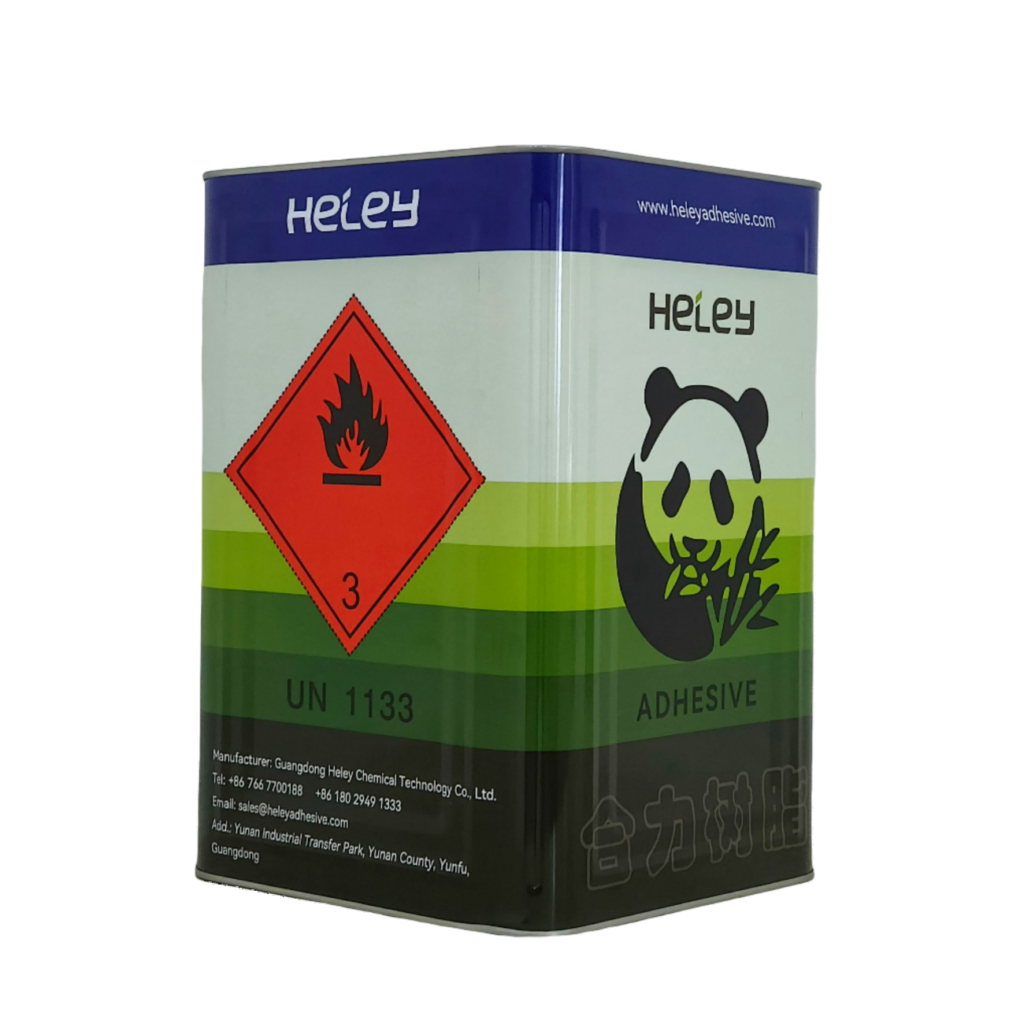
Lamination adhesives are specialized bonding agents designed to join layers of materials, ensuring a smooth and durable finish. These adhesives are crucial in applications where materials like films, foams, textiles, or other substrates are combined to create a unified product. They are known for their strong bonding capabilities, flexibility, and resistance to environmental factors such as moisture and temperature variations. Lamination adhesives are commonly used in the packaging industry, footwear manufacturing, automotive interiors, and construction materials.
Chemical Composition: Available in solvent-based, water-based, or hot melt formulations, often using polyurethane or acrylic polymers for optimal flexibility and bonding strength.
Cure Time: Varies by formulation, typically ranging from a few minutes for hot melt adhesives to several hours for solvent-based options.
Viscosity: Low to medium viscosity, designed for easy application through roll coating, spraying, or brushing.
Temperature Resistance: Typically performs well within a range of -20°C to 100°C, with some formulations offering heat resistance up to 150°C.
Shelf Life: Generally 12 months when stored in a cool, dry environment with the container tightly sealed.
Specific Use Cases: Ideal for bonding films, foams, and fabrics in footwear production, such as creating cushioned insoles or assembling multilayered shoe uppers.
Industry Use: Commonly used in packaging (e.g., laminating films for food packaging), automotive interior assemblies, textile laminations, and laminated glass in construction.
Materials Compatibility: Bonds well with a range of substrates, including plastics (like PET, PVC), fabric, foam, leather, and metals.
Strong Adhesion: Provides a durable bond between different layers, ensuring a seamless finish with no delamination.
Flexibility: Maintains flexibility after curing, making it suitable for applications where the final product needs to bend or move, like footwear and textiles.
Moisture Resistance: Offers excellent resistance to water and humidity, making it ideal for applications that may be exposed to moisture.
Clarity: Many formulations dry clear, maintaining the visual appearance of laminated surfaces, which is particularly important in packaging and graphic applications.
Temperature Stability: Maintains bond integrity under varying temperatures, suitable for both hot and cold environments.
Surface Preparation: Ensure that the surfaces to be laminated are clean, dry, and free of dust or oils.
Apply Adhesive: Use a roller, brush, or spray system to apply an even layer of the lamination adhesive to one or both surfaces.
Assembly: Place the materials together, ensuring alignment and even pressure across the entire surface.
Curing Process: Allow the adhesive to cure as per the manufacturer’s instructions, which may involve room temperature drying or heat activation.
Post-Application Care: Avoid flexing or stressing the laminated materials until the adhesive has fully cured.
Safety Precautions: Wear gloves and eye protection when handling to avoid skin and eye irritation.
Ventilation Requirements: Apply in a well-ventilated area, especially when using solvent-based adhesives, to prevent inhalation of fumes.
Disposal Instructions: Dispose of unused adhesive and containers in accordance with local regulations; avoid pouring into drains.
Storage Guidelines: Store in a cool, dry place, with the container tightly sealed to prevent evaporation or contamination.
Sustainability Initiatives: Available in water-based, low-VOC formulations that are more environmentally friendly compared to traditional solvent-based options.
Recyclability: The packaging is recyclable, helping to reduce waste in production processes.
Non-Toxic Formulas: Safer, non-toxic options are available for use in applications like food packaging, ensuring safety in direct contact with consumables.
Problem: Delamination occurs after curing.
Solution: Ensure that even pressure is applied during the assembly process and that the surfaces are clean before applying adhesive.
Problem: Adhesive dries too quickly during application.
Solution: Use a slower-setting formulation or work in smaller sections to maintain proper open time.
Problem: Bubbles form between layers.
Solution: Apply the adhesive evenly and press out air bubbles before the adhesive sets.
পাদুকা উৎপাদনে সাধারণ আঠালোগুলি হল PU আঠালো, গ্রাফটেড আঠালো, ক্লোরোপ্রিন আঠালো, স্প্রে আঠালো এবং সিনথেটিক রাবার আঠালো, প্রতিটি নির্দিষ্ট অ্যাপ্লিকেশনের জন্য উপযুক্ত।
পাদুকা উপাদান যেমন চামড়া, কাপড়, বা রাবারের সাথে সামঞ্জস্য বিবেচনা করে আঠালো নির্বাচন করুন, নমনীয়তা এবং টেকসইতার মতো উপাদানগুলি বিবেচনায় নিয়ে। আরও বিস্তারিত জানার জন্য আপনি আমাদের দলের সাথে যোগাযোগ করতে পারেন।
সলভেন্ট-ভিত্তিক আঠালো শক্তিশালী বন্ধন এবং দ্রুত শুকানোর সময় প্রদান করে, যখন পানি-ভিত্তিক আঠালো পরিবেশ বান্ধব এবং পরিষ্কার করা সহজ।
বিভিন্ন জলবায়ু বা তাপমাত্রায় আঠালো কর্মক্ষমতা কীভাবে পরিবর্তিত হয়?
নিরাপত্তা সতর্কতায় অন্তর্ভুক্ত থাকে একটি ভাল বায়ু চলাচলযুক্ত এলাকায় কাজ করা, গ্লাভস এবং মাস্ক পরা, এবং প্রস্তুতকারকের নির্দেশিকা অনুসরণ করা।
পাদুকা আঠালোদের শেলফ লাইফ সাধারণত ৬ মাস থেকে ২ বছর পর্যন্ত হয়, এটি সংরক্ষণের শর্ত এবং ফর্মুলেশনের উপর নির্ভর করে।
যদি আপনি কাস্টমাইজড পণ্য বা প্রযুক্তিগত সহায়তা প্রয়োজন, তাহলে নিচের বোতামে ক্লিক করুন। আমাদের বিশেষজ্ঞ ২৪ ঘন্টার মধ্যে আপনার কাছে ফিরে আসবে।


